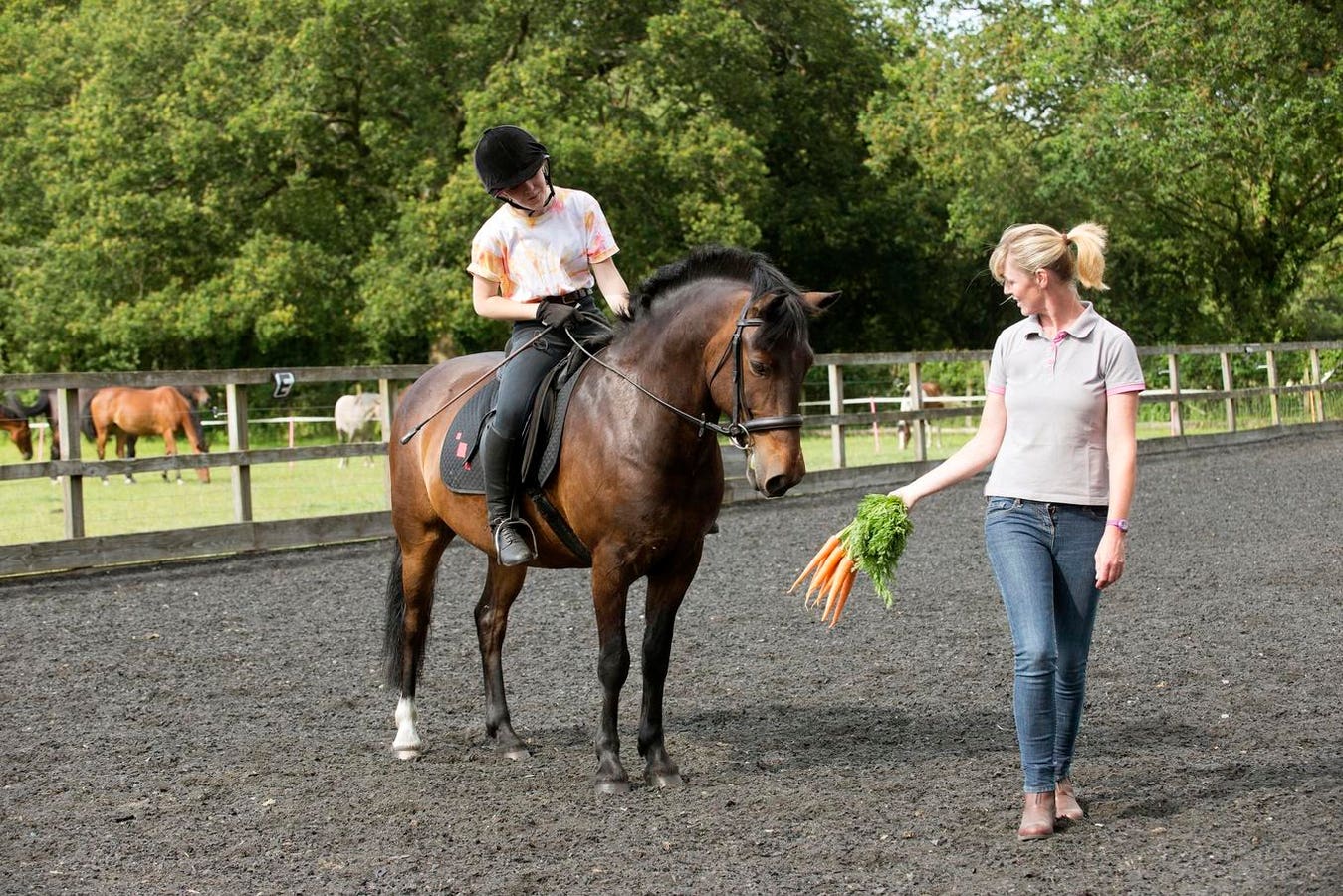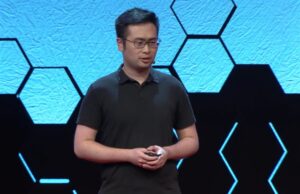Reinforcement Learning Rises to New Heights from Turing to DeepSeek

The Evolution of Reinforcement Learning
Recognition of Key Contributors
Andrew Barto and Richard Sutton have recently been awarded the prestigious Turing Award for their significant contributions to the field of reinforcement learning. This award was presented by the Association for Computing Machinery (ACM) due to their development of conceptual and algorithmic foundations that have shaped how machines learn from their experiences. Reinforcement learning, which guides learning through rewards, has a history that extends back centuries, influencing psychological theories in the 20th century.
Understanding the Turing Award
The Turing Award is often likened to a "Nobel Prize in Computing," named after Alan Turing, a pioneer in theoretical computer science. Turing believed that mental operations could be computable and emphasized the importance of learning similarly to how children do through a system of rewards and punishments. His early ideas laid the groundwork for understanding how machines could be taught to learn.
Core Concepts of Reinforcement Learning
Barto and Sutton introduced a "computational approach to learning from interactions." This involves developing algorithms that enable machines to learn effectively through a process known as trial-and-error, particularly focusing on "delayed rewards," which are not received immediately but rather over a sequence of actions.
Learning Paradigms
In the realm of artificial intelligence (AI), several learning approaches exist, including:
Supervised Learning: The machine learns from labeled examples and can generalize to new, unlabeled situations. Although significant, this method can be impractical for complex environments where examples of desired behavior are limited.
Unsupervised Learning: This involves identifying patterns in unlabeled data. While finding structures is beneficial, it does not fulfill the primary goal of reinforcement learning, which is to maximize rewards.
- Reinforcement Learning: In this method, the learner must discover which actions yield the most rewards by experimenting, as explained in Sutton and Barto’s textbook, Reinforcement Learning: An Introduction.
Each of these methods contributes to machine learning, with reinforcement learning standing out due to its focus on learning from direct experiences.
Historical Perspective and Development
The term "machine learning" was coined by Arthur Samuel in 1959. He defined it as programming a computer to exhibit behaviors akin to human or animal learning. Samuel’s early experiments, such as teaching a computer to play checkers, foreshadowed many concepts in modern reinforcement learning, although he operated with technology that was far less advanced than today’s capabilities.
In recent years, the integration of deep learning, powered by GPUs, has revitalized reinforcement learning applications. Google’s DeepMind showcased this potential through programs like AlphaGo and AlphaZero, which learned to play complex games by utilizing self-play and minimal prior knowledge.
Contemporary Challenges and Advances
Despite its successes, reinforcement learning faced skepticism from some AI researchers. For instance, in a 2019 lecture, prominent researcher Geoffrey Hinton criticized the practicality of reinforcement learning. More recently, Andrew Ng expressed concerns regarding reinforcement learning algorithms, highlighting their struggle to transition from simulations to real-world applications.
However, as of 2023, DeepSeek has emerged with innovative solutions to some of these challenges, making reinforcement learning increasingly relevant in fields such as language modeling. Reflecting on recent advancements, Ng noted the evolving perception of reinforcement learning, signifying its potential as a critical component of machine learning.
Ongoing Research and Future Directions
Barto and Sutton have brought together various research into a coherent understanding of modern reinforcement learning, emphasizing the need for further exploration in learning through interactions. Despite progress, they acknowledge that the overarching problem of teaching machines to understand goals is still not fully resolved.
The journey toward creating human-like artificial intelligence is ongoing. While some may express confidence in imminent breakthroughs, Turing’s insights remind us of the complexities involved, including the importance of social context and cultural interactions in the development of intelligence.






